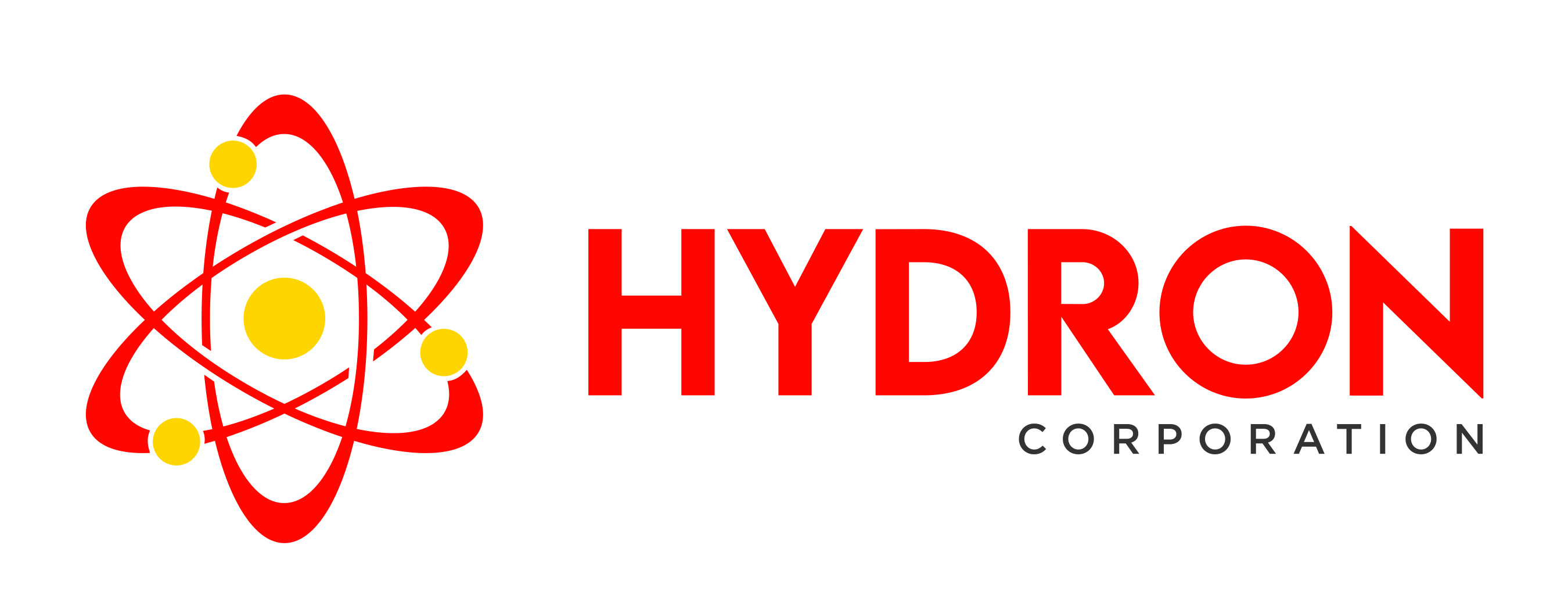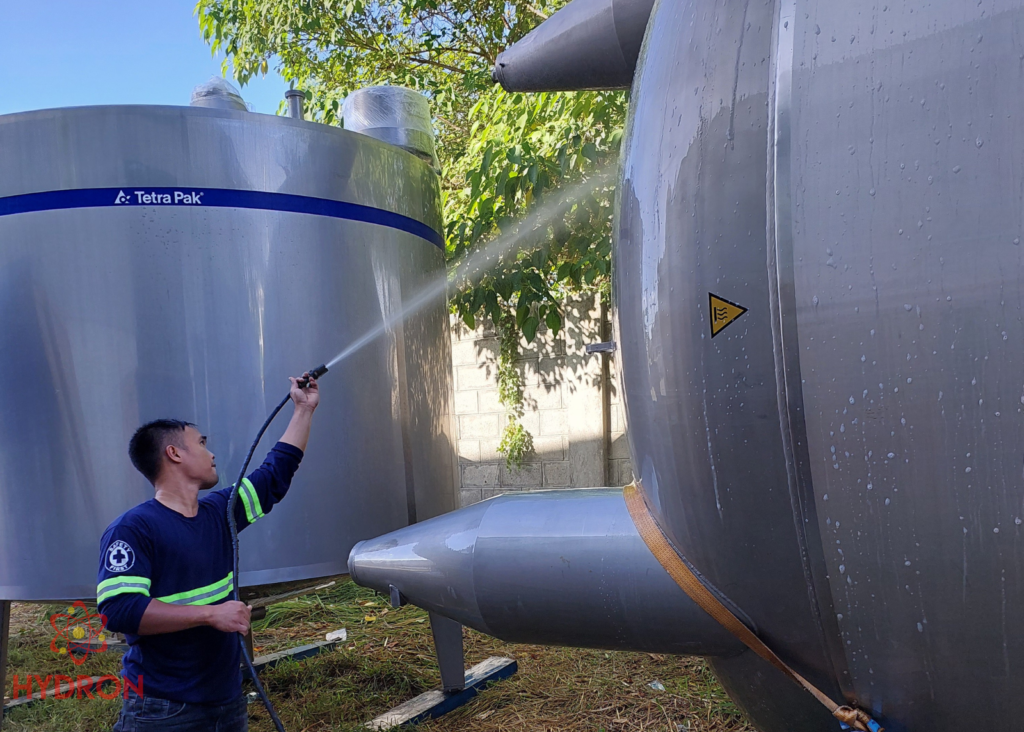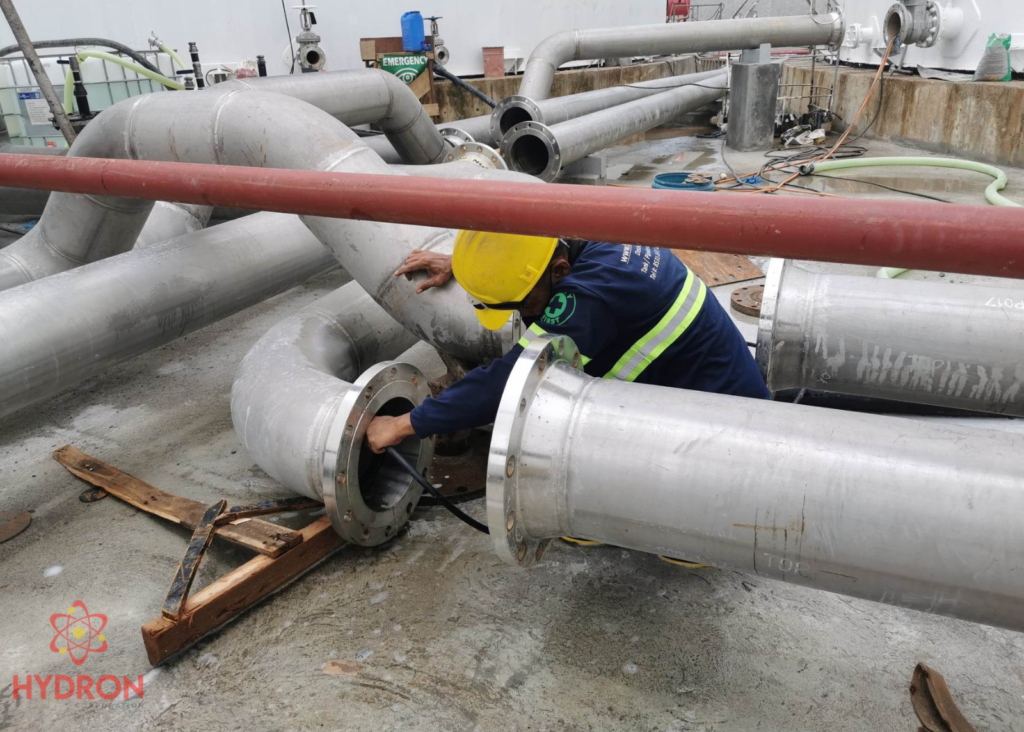The Ultimate Guide to Industrial Cleaning Equipment Maintenance
Maintenance is the backbone of a smoothly operating manufacturing facility. It ensures that equipment functions optimally, preventing unexpected breakdowns and maximizing productivity. In industrial cleaning equipment, proper maintenance is paramount to prolonging its lifespan and ensuring the safety of your workforce and the quality of your products. This comprehensive guide delves into the crucial aspects of industrial cleaning equipment maintenance, offering insights that will keep your operations running seamlessly.
1. Regular Inspections Are Key
Routine inspections are the cornerstone of industrial cleaning equipment maintenance. Regularly assess your equipment for wear, damage, and potential issues. Look for loose parts, frayed wires, leaks, and any anomalies that might impact performance. Addressing minor problems prevents them from escalating into costly repairs or replacements.
2. Develop a Cleaning Regimen
Industrial cleaning equipment requires cleaning of its own. Develop a cleaning regimen that includes both external and internal cleaning. Dust, debris, and buildup can impact equipment efficiency and pose safety risks. Cleaning not only maintains the aesthetics of the machinery but also ensures smooth operations.
3. Lubrication Matters
According to the manufacturer’s recommendations, laminate bearings, gears, and other components, proper lubrication is vital for the moving parts of cleaning equipment. Adequate lubrication reduces friction, heat, and wear, extending the life of your equipment.
4. Stay Updated on Manufacturer Guidelines
Each piece of industrial cleaning equipment comes with specific manufacturer guidelines for maintenance. Familiarize yourself with these guidelines and adhere to them meticulously. Manufacturer recommendations are tailored to the unique specifications of the equipment, ensuring its longevity and performance.
5. Train Your Maintenance Team
Knowledgeable maintenance personnel are your first line of defense against equipment issues. Provide comprehensive training to your team on operating, maintaining, and troubleshooting industrial cleaning equipment. With the right skills, your team can identify potential problems early and implement corrective actions.
6. Address Wear Parts Promptly
Due to frequent use, certain parts of industrial cleaning equipment are prone to wear. These worn parts can impact the overall efficiency and safety of the machinery. Regularly inspect and replace worn parts according to the manufacturer’s schedule. Neglecting worn parts can lead to unexpected breakdowns and disruptions.
7. Calibrate and Test
Regular calibration and testing ensure your industrial cleaning equipment operates at its intended parameters. Calibration prevents inaccuracies and deviations, guaranteeing consistent and reliable performance. Regular testing also helps identify variations from the norm, allowing for timely adjustments.
8. Record Keeping Is Essential
Maintain detailed records of all maintenance activities performed on your industrial cleaning equipment. Keep track of inspection dates, maintenance tasks, replacements, and repairs. This historical data provides valuable insights into the equipment’s performance over time, enabling you to make informed decisions about maintenance and replacement.
9. Emergency Preparedness
Despite your best efforts, unexpected breakdowns can still occur. Develop an emergency preparedness plan that outlines the steps to take in case of equipment failure. This plan should include contact information for maintenance experts, spare parts suppliers, and any relevant troubleshooting procedures.
10. Collaborate with Manufacturers and Suppliers
Establish a collaborative relationship with your industrial cleaning equipment manufacturers and replacement parts suppliers. They can offer valuable insights, recommendations, and even training to ensure the proper maintenance of their products.
Industrial cleaning equipment maintenance is a proactive endeavor that pays off in the long run. Regular inspections, proper cleaning, adherence to manufacturer guidelines, and a trained maintenance team are the pillars of successful maintenance practices. Incorporating these guidelines into your maintenance strategy ensures your industrial cleaning equipment’s optimal performance, safety, and longevity.
Remember, a well-maintained facility is not only more efficient but also a safer and more productive place for your workforce.
Implementing these guidelines fosters a culture of excellence in equipment maintenance, ultimately translating to higher operational efficiency and reduced downtime. Your industrial cleaning equipment is an investment, and maintaining it properly is your assurance of continued returns. So, equip yourself with knowledge, empower your maintenance team, and embark on a journey of ensuring the peak performance of your industrial cleaning equipment.


